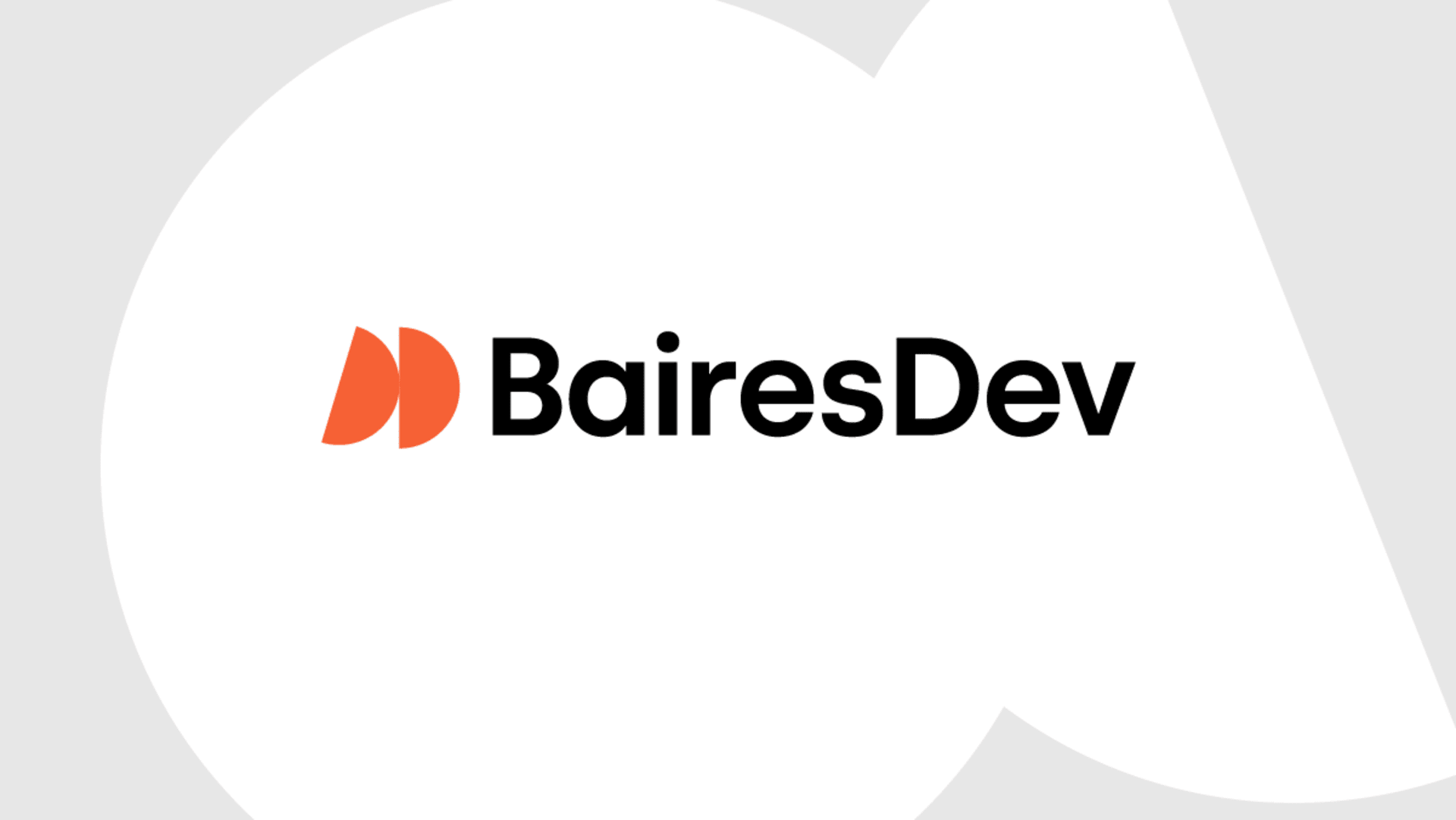When outsourcing development, companies must find a partner to help them build the highest quality products. However, maintaining the quality of work throughout development is essential, hence the importance of quality assurance outsourcing strategies.
QA services should always be thorough, whether you’re performing them in-house or with an outsourcing team. Tech professionals must systematically check their products for bugs, preventing any mistakes during production and ensuring the clients receive the work they paid for.
Not all providers use specialised QA outsourcing services, and those that don’t need to have the correct strategies in place. When searching for the right outsourcing vendor, companies should look for transparency. Good providers should share their quality standards and have no issues including their requirements in the software development agreement.
In the end, a client that can secure an outsourcing provider with the right resources and practices in place will receive products that meet their own standards.
Understanding Quality Assurance in Software Outsourcing
Understanding is the first step in implementing a solid plan and testing process for companies. Here, we’ll take a closer look at what outsourcing IT services and QA means.
QA vs. Testing
While they are often used interchangeably, QA and software testing are different concepts in terms of objectives and methods.
QA is a proactive process involving the prevention of bugs throughout the software development lifecycle. It ensures that the development team will achieve and maintain the desired level of quality in their client’s products.
QA addresses a wide variety of management issues in every stage of product development. It tackles checklists, project analysis, development techniques, and methods employed from the pre-design phase to testing and product launch.
Because QA creates a means of regulating the workflow and monitoring the product’s integrity and consistency, it also helps improve the productivity of the development team. QA outsourcing strategies simplify error tracking throughout development and ensure the team meets the client’s requirements.
Software testing involves detecting and fixing issues in the product’s source code before delivering it to the client. It also addresses overall product usability, performance, security, and compatibility, ensuring that the final product meets all specifications and client requirements.
Depending on the development methodology in place, testing may not occur throughout all steps of the development process because it only addresses issues in the product itself. QA engineers perform software testing parallel to the development process or during a dedicated testing phase.
Key Components of QA
QA outsourcing strategies help vendors mitigate risk, reducing the chances of incurring costly mistakes. QA outsourcing companies need to consider a few key components of the process to guarantee that clients receive their desired products:
- Requirement Analysis: QA professionals play an important role in the analysis of software requirements. This helps them create tests tailored to the product. Having a broad vision of the requirements allows QA engineers to help prevent bugs from occuring even before development begins.
- Test Planning and Design: Based on their research, QA professionals create a testing plan. It includes the software testing strategy, budget, deadlines, and scope of testing. They also craft test cases that define expected results at different stages so the testers know what to look for.
- Testing and Reporting: The QA testing services run API and UI-level tests and submit any detected bug in a tracking system for defects. They often use test automation frameworks to execute test scripts and generate reports.
- Regression Testing: After the team verifies the bug fixes, QA specialists test all functions to ensure they haven’t overlooked any issues and their fixes haven’t affected any product functions.
- Release Testing: Once the developers finish implementing all features and functionalities, the QA specialists design modified test suits that cover the scope of the final build, before delivering the product to the client.
QA Strategies for Outsourced Software Projects
To ensure a smooth process, businesses should use the following strategies when outsourcing QA services.
1. Vendor Selection and Assessment
When outsourcing quality assurance services, you’ll be relinquishing some control of the software development process, which can be risky at any stage of the development lifecycle. This is why it’s important to carefully assess and select each vendor, taking into consideration their established comprehensive plan and procedures.
Companies want their products to perform flawlessly and be resistant to bugs and security problems. They should evaluate several features of potential vendors. The main thing to look at is the collective expertise and skill sets of the QA team. Strong teams understand DevOps and Agile methodologies, have training in automated testing and manual testing alike, and use a wide variety of testing tools and techniques.
When they want to outsource quality assurance services, business leaders should learn more about the vendor’s market reputation, security policies, and available resources. This can be done in a variety of ways, including direct questions during the sales process.
2. Defining QA Requirements and Goals
Defining QA requirements and goals upfront is extremely important to avoid any miscommunication. At the same time, QA professionals should identify and prevent potential bugs at the requirement analysis stage.
The team can then establish a plan by understanding the client’s needs. To effectively set measurable targets for quality and performance, companies must clearly define their expectations, find ways to communicate, and set realistic goals that can lead them on a path to success.
3. Communication and Collaboration
Fostering open communication and collaboration between a company and its outsourcing provider is essential to achieve technology goals and long-term success. Clear communication ensures that both parties understand their respective roles and responsibilities, while collaboration is essential for them to work together to achieve the desired outcomes.
Good communication and collaboration involve sharing information, providing feedback, offering status updates, and working as teams to solve problems and overcome challenges. To achieve this, companies and their outsourcing vendors should establish clear lines of communication that allow for regular check-ins like email, Skype, Zoom, or Slack.
4. Risk Management
While working with an outsourcing provider comes with a wide variety of benefits, it also poses some risks. Companies entrust entire development processes and sensitive information to their vendors, and they can’t underestimate the different business risks that that entails.
Before entering an outsourcing arrangement, business leaders need to consider compliance, concentration, reputational, operational, and legal issues that might arise. Only then should they begin looking for an outsourcing partner that’s equipped to handle all of them.
Strong software development outsourcing companies have no trouble implementing risk management frameworks to help identify, analyze, evaluate, monitor, review, and treat any potential risks that might surface at any moment.
A suitable risk management agreement should include QA. Vendors and companies should agree on quality standards and performance indicators. They clearly define the parameters that represent success and failure and detail what happens in the event of indicator breaches.
Monitoring and Evaluating QA Performance
Companies should closely monitor the success of their QA practices and reevaluate as needed.
#1 Performance Metrics
QA professionals must meticulously plan and monitor the QA process to achieve success. Utilizing the appropriate QA performance metrics is the best way to accomplish this. Monitoring and evaluating performance metrics help track performance over time. A few examples of QA performance metrics include:
- Test reliability
- Escaped defects found
- Mean time to detect
- Mean time to repair
There are many other metrics to consider. Their relevance depends on the objectives and current state of the project. Some metrics help evaluate the quality of the software, while others evaluate the effectiveness of the QA team.
#2 Regular Reporting and Reviews
QA strategies involve regular reporting and reviews. A review is a process of analyzing the product to identify and fix any errors or vulnerabilities in the early stages of development before they become problematic. It’s also a way to ensure compliance with regulatory and industry standards before delivering the product to the client.
Upon conducting different reviews, QA professionals craft reports that track detected errors and use best practices during any audit. Not only does a QA report helps identify process gaps and prevent recurring issues, but it also allows for recognizing a job well done.
#3 Continuous Improvement
Continuous improvement is also important to QA. This is the process of upgrading and advancing a product or service by quickly finding and eliminating bugs without creating any other issues.
Continuous improvement helps improve product traits, increase customer satisfaction, and reduce costs related to production, processes, quality, and administration. Several management disciplines drive continuous improvement like Total Quality Control, Kaizen, Six Sigma, and ISO 9000 certification.
QA outsourcing strategies that follow a continuous improvement model often use a plan-do-check-act (PDCA) cycle. This four-step quality assurance method entails:
- Plan: Identifying any opportunity and planning for change
- Do: Implementing the change
- Check: Analyzing the results of the change and determining if it made a difference
- Act: Implementing successful changes on a wider scale and continuously assessing results
Conclusion
Quality assurance testing is an important aspect of any software development process. Although commonly confused with testing practices, QA helps guarantee that teams produce high-quality products that meet the necessary standards required by their clients. Outsourcing is a great way for companies to access QA professionals without needing to hire in-house employees.
If you enjoyed this article, be sure to check out some more outsourcing articles.
- Harnessing the Benefits of a Multisourcing Strategy in Software Outsourcing
- How To Manage Outsourced Software Development Teams Effectively
- The Best Guide for Outsourcing IT Projects
- Leveraging Big Data To Boost Your Outsourcing Model
FAQs
Why is quality assurance important in software testing?
Quality assurance is important in software testing because it ensures a high-quality end product. QA strategies allow the team to make sure the software meets the client’s requirements as well as specified quality standards.
QA professionals operate at all stages of development, constantly checking for reliability, functionality, usability, and portability. QA measures also allow engineers to find and fix many bugs during the early stages of software development. This way, they spend less time and money fixing them in the long run.
As QA helps outsourcing vendors provide high-quality products at affordable prices that follow industry standards, it ensures customer satisfaction and protects the outsourcing provider’s market reputation.
How can I ensure effective QA outsourcing?
There are a few steps to take when it comes to ensuring effective QA outsourcing. The first step involves assessing and selecting the right vendor by taking into consideration their established quality assurance strategies.
Companies need to look at the skills, expertise, and experience of the outsourced quality assurance team, research the provider’s market reputation, examine their security policies, and ask about their available QA resources.
Another important step entails defining QA requirements and goals upfront. Fostering good communication and collaboration is essential in a QA outsourcing agreement.
What are the key performance metrics for evaluating QA success when working with a QA outsourcing company?
There are several key performance metrics for evaluating QA success when working with an outsourced QA company.
Absolute QA testing metrics are absolute values used to infer other derivative metrics. Some of them include the number of passed test cases, the number of identified bugs, actual test number hours, and the number of post-release bugs detected.
Absolute metrics often aren’t enough to evaluate and quantify QA success. Derivative QA metrics come in handy by allowing QAs to take a deeper look into issues that may be undermining the pipeline.






